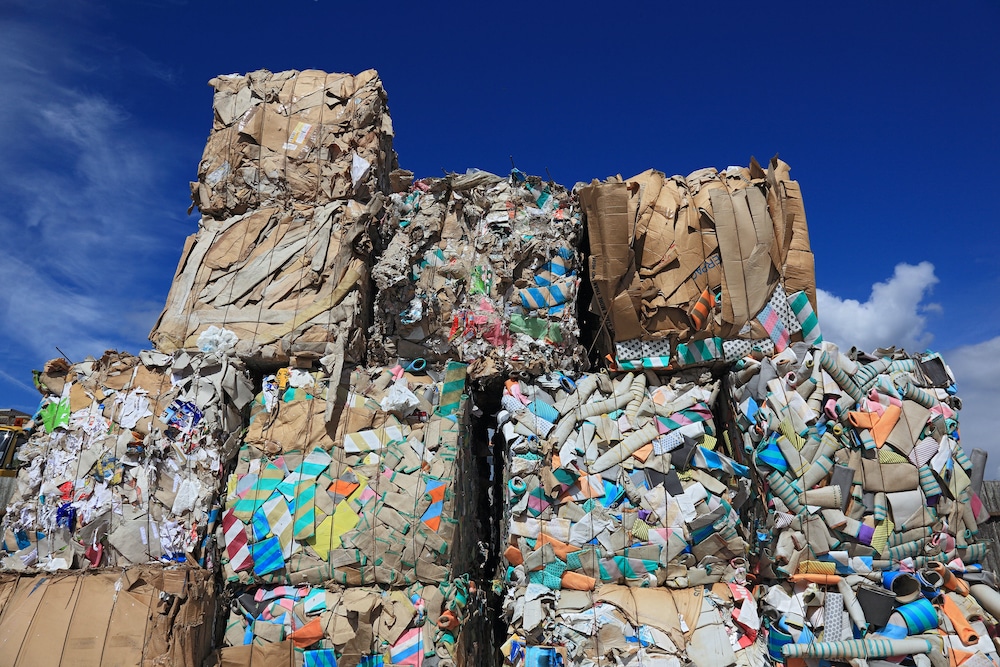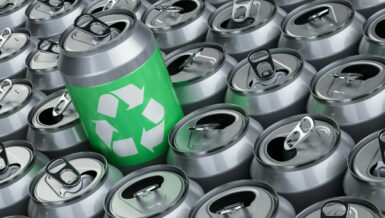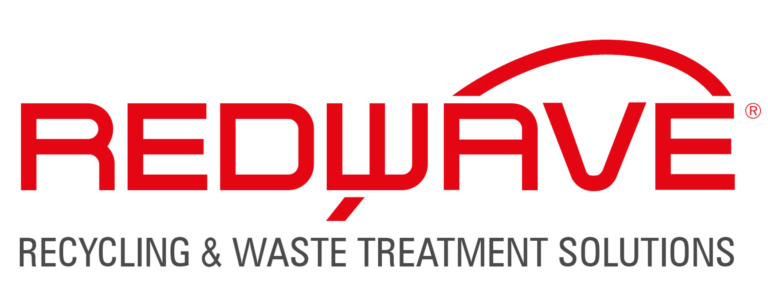Today, everything can be purchased online and delivered directly to your door, and if we are not satisfied with the purchase, we just send it back and order the product somewhere else … once again, on the Internet. Doing our shopping from in front of a screen is easy and convenient, and when quick delivery is a strong competitive parameter, we rarely need to wait very long for our purchases to arrive. It is no wonder that we have seen explosive growth in online shopping, especially over the last 10 years.
An explosion in packaging
Another advantage of online shopping is that we virtually have access to one large, global supermarket with an endless choice and thousands of varieties of the same product. We can get curry from India, a football shirt from Barcelona, and a smoker oven from Norway with just one click. Goods flow freely across borders and make the world seem smaller than ever. However, this development also has its disadvantages. In addition to increased CO2 emissions from extensive transport, the biggest challenge by far is the packaging that comes with online shopping. Everything must be packaged so that it is protected on the long route from the producer to the online shop to the consumer. We are drowning in waste – cardboard and plastic are piling up in households and putting pressure on the waste industry like never before.

Often, an unnecessary amount of packaging is also used to protect the product and make it traceable and stackable during transport. Therefore, a new electric toothbrush is packaged in a large cardboard box, and to ensure that it does not slide around, the box itself is filled with bubble wrap or paper strips.
“The truth is that we are transporting more air and packaging than actual products. The overuse of packaging might be acceptable if we simply make sure to recycle it. But unfortunately, this is not the case in most countries, and even in countries with exemplary waste management, something will always be lost. Moreover, there are limits to how many times materials such as cardboard can be recycled.”
Many routes to the goal
Something must be done if we are not to drown in packaging, and fortunately, there is already a strong focus on the problem. The solution is probably a combination of many measures, not least the optimization of transport routes, smaller and more flexible packaging solutions, and more extensive use of recyclable materials. Amazon has already joined the effort to reduce packaging, deciding to increase its use of recyclable materials by 25% over the next four years, but much more remains to be done if we are to keep pace with developments. Far more major players must head in the same direction, while individual countries support development by making it even easier for the consumer to send packaging for recycling. Convenience is also a huge factor in our busy everyday lives. At Metso Waste Recycling, we are dedicated to fighting for a world where the circular economy plays the leading role. We have the knowledge, commitment, and machinery to give the packaging a new life.






















